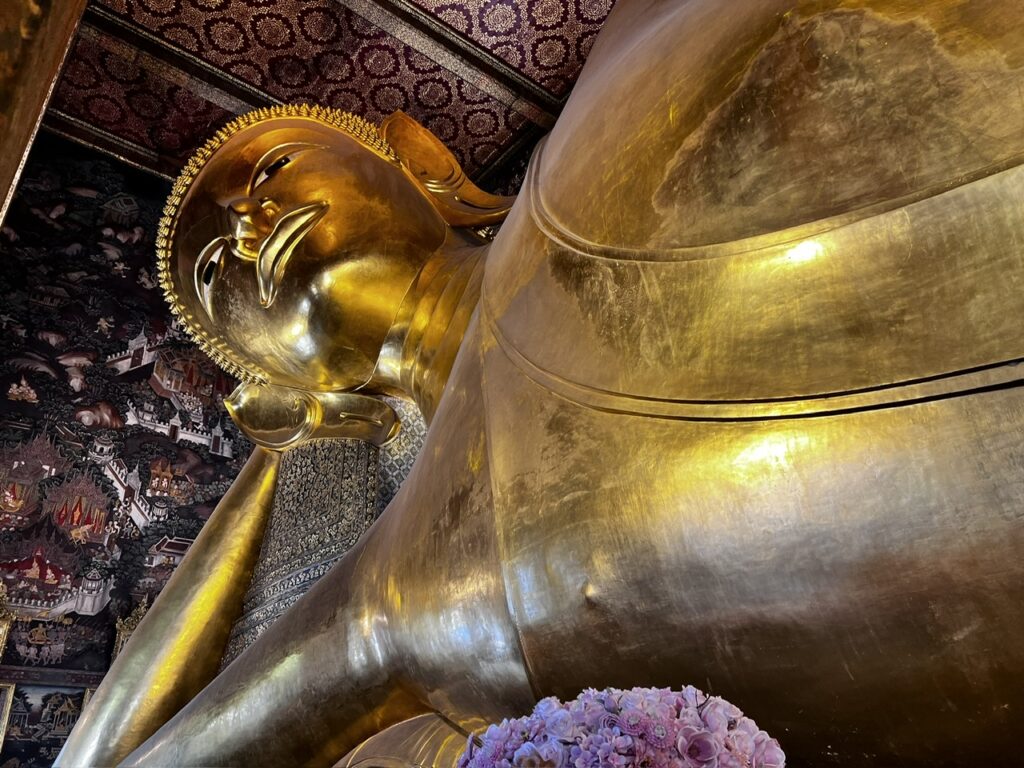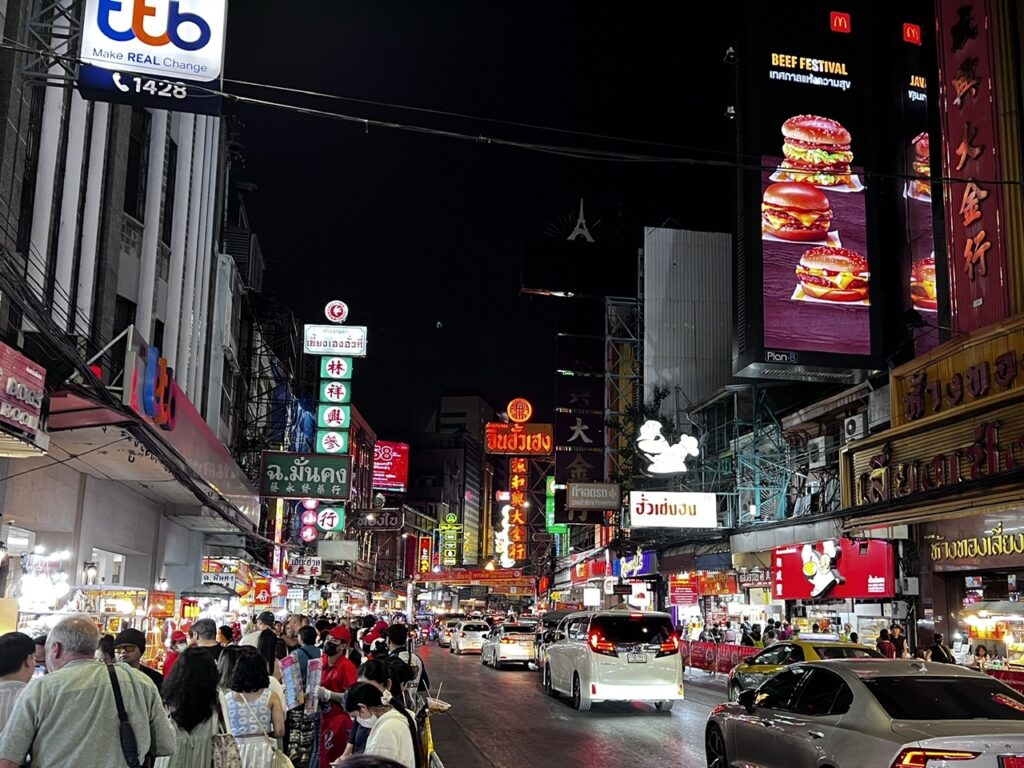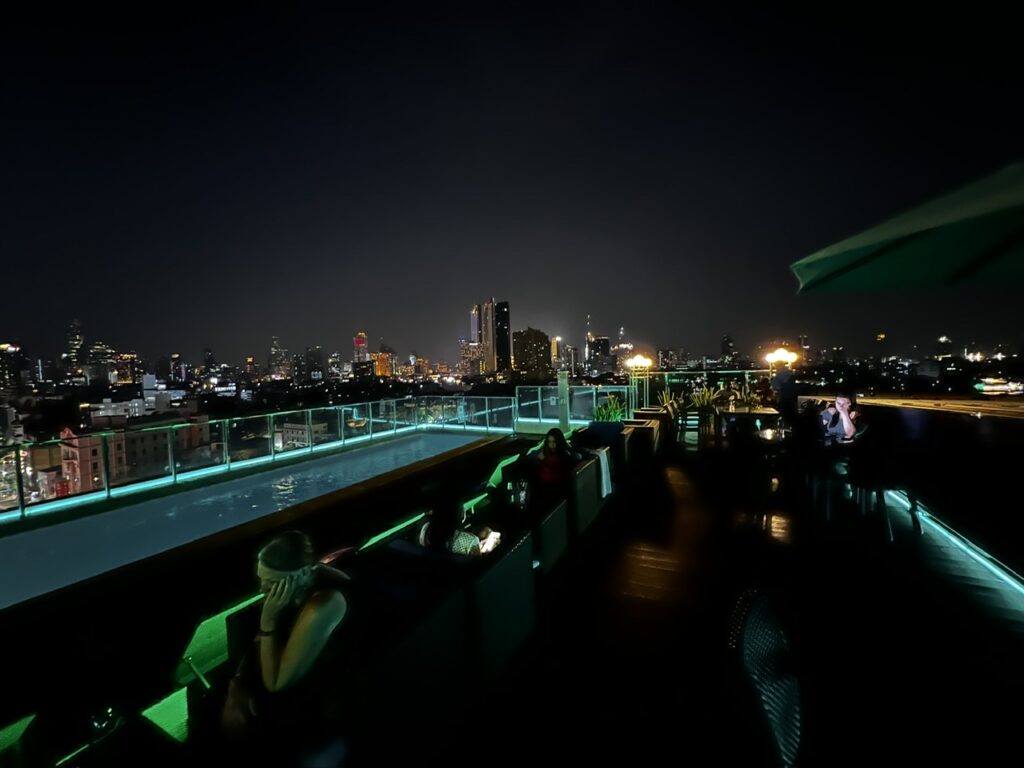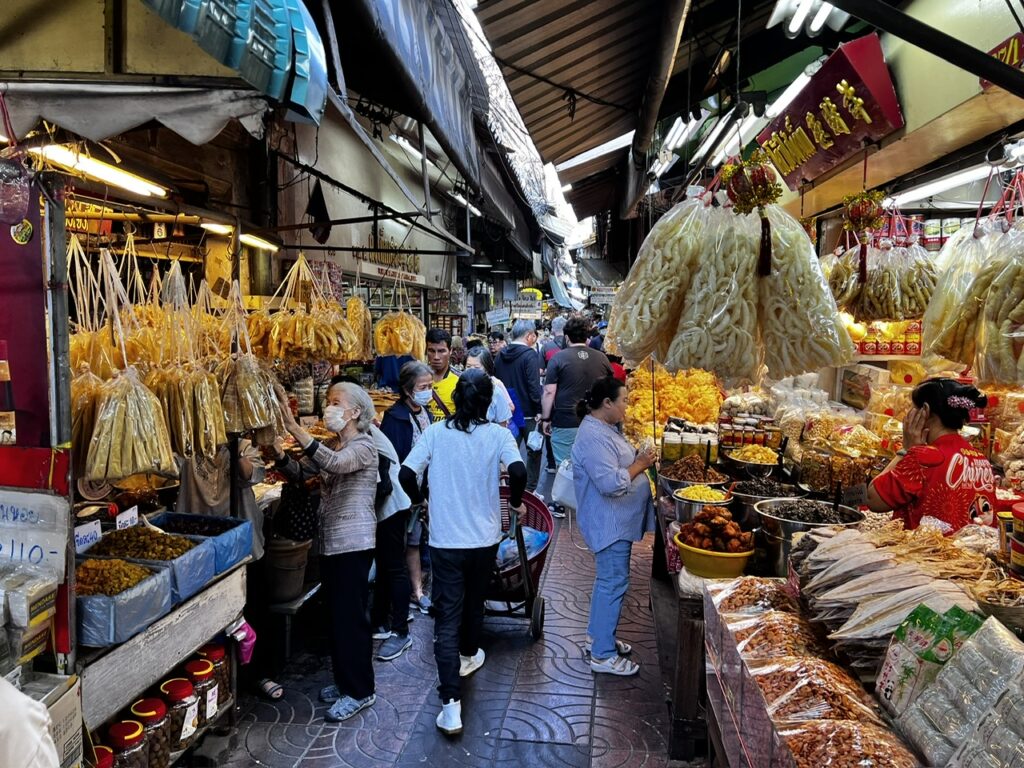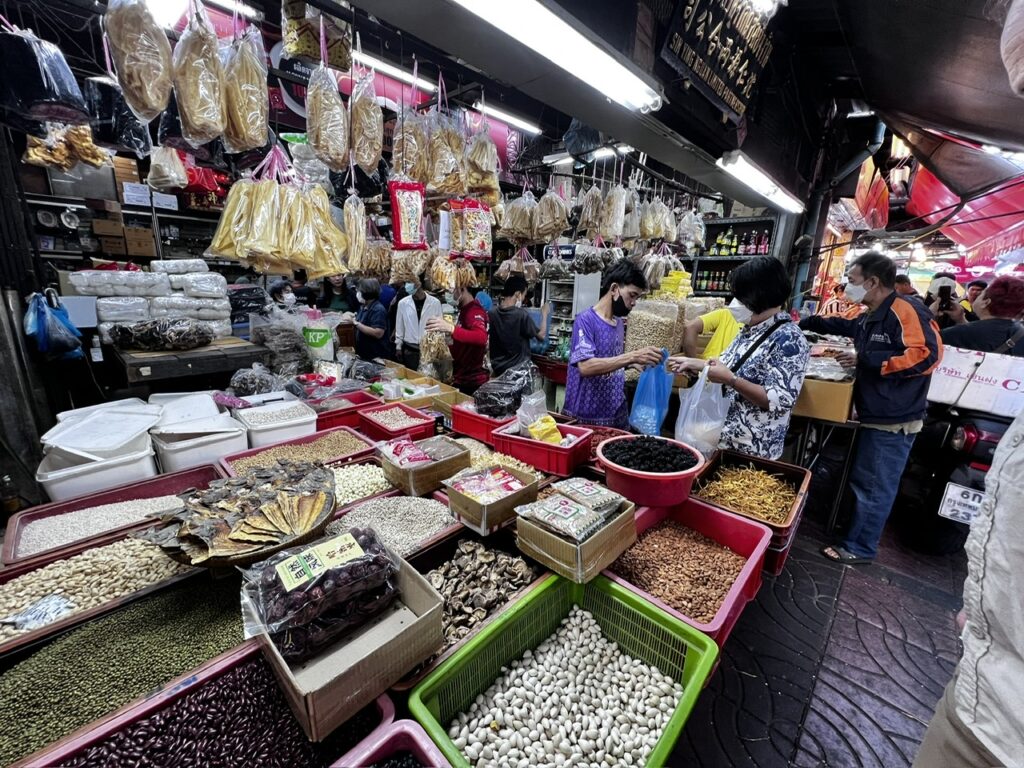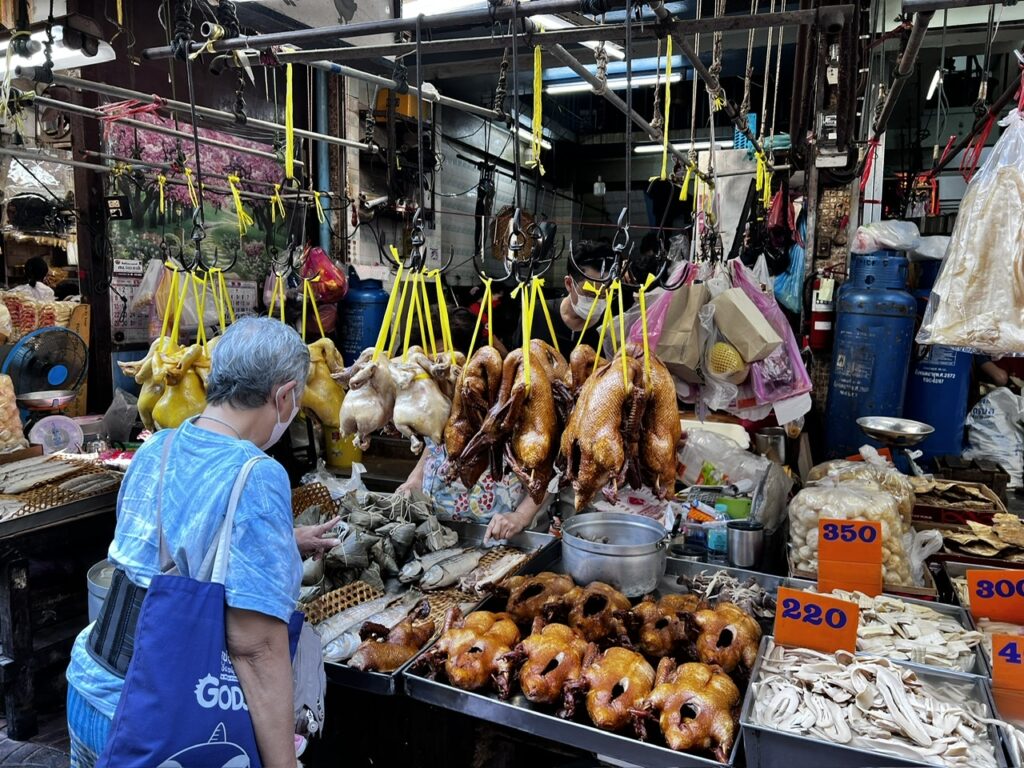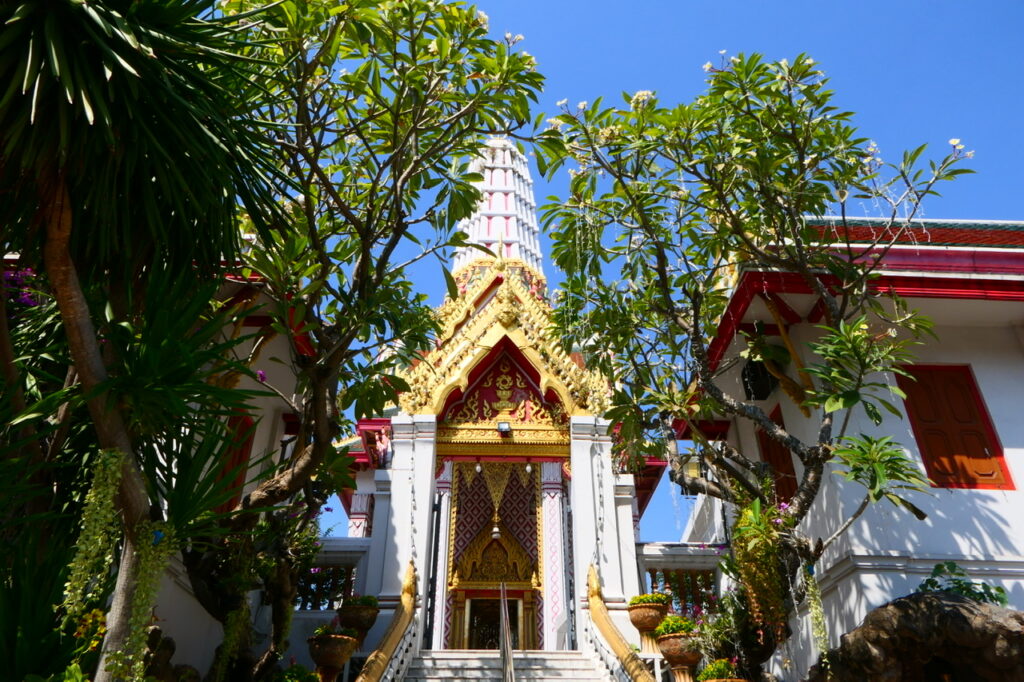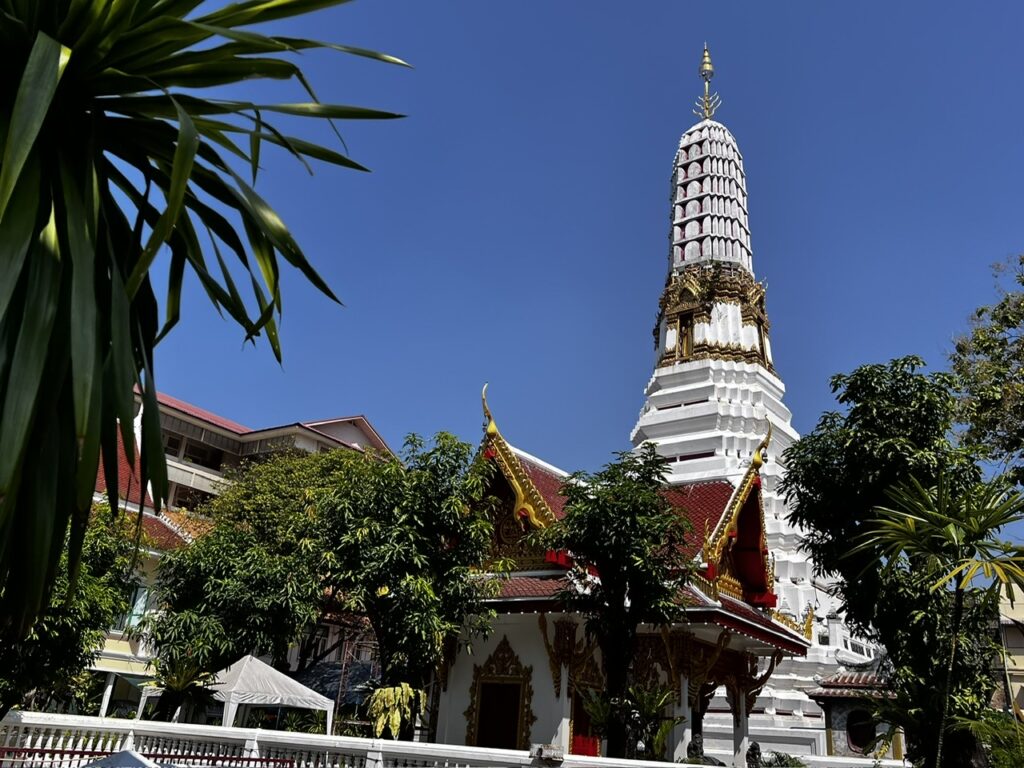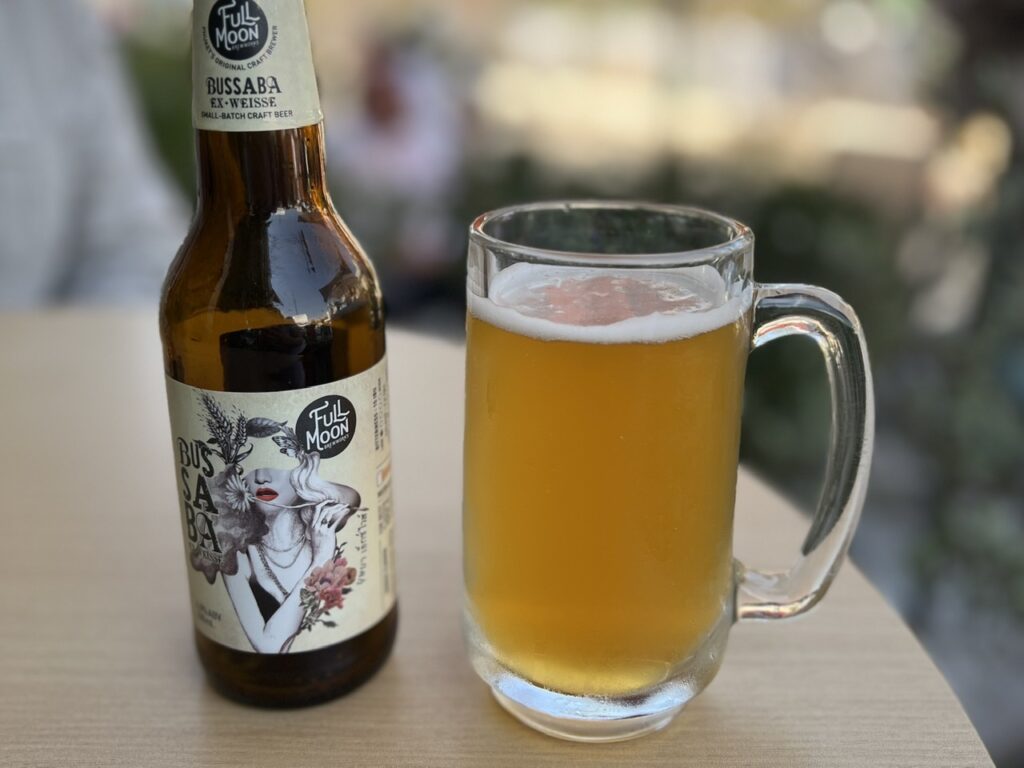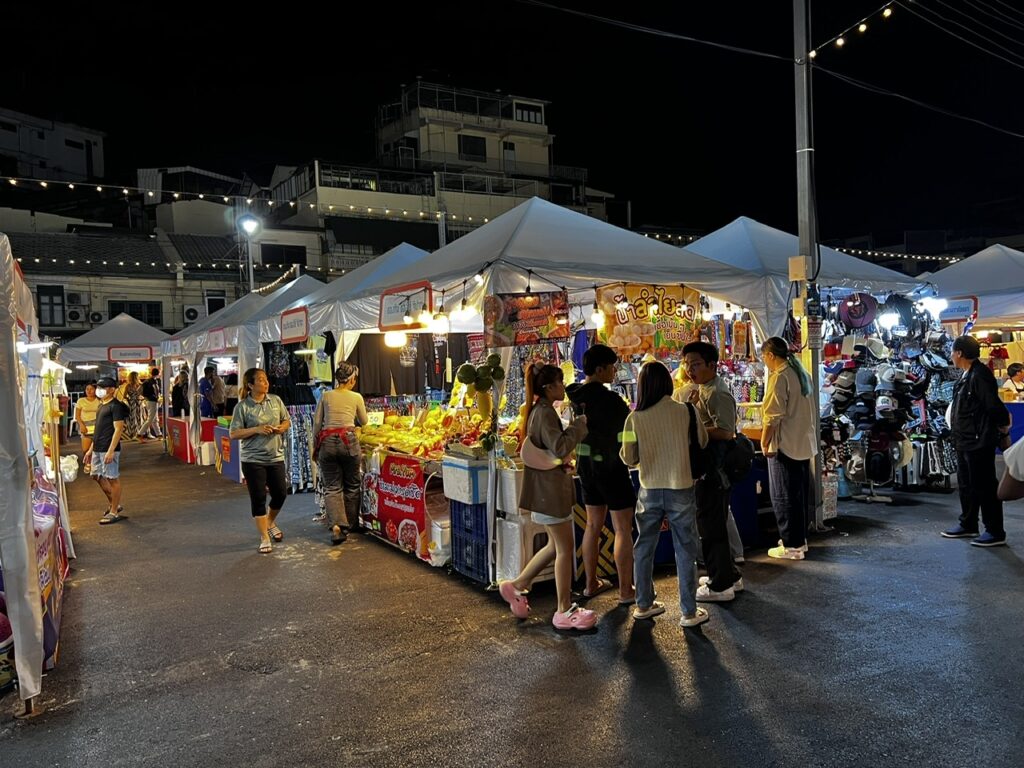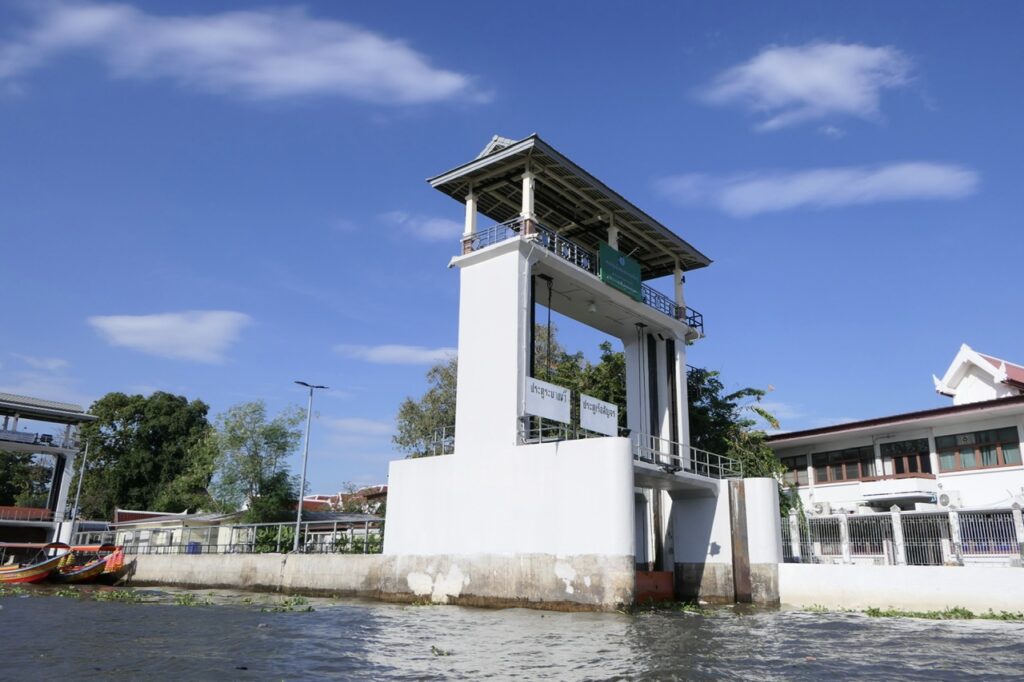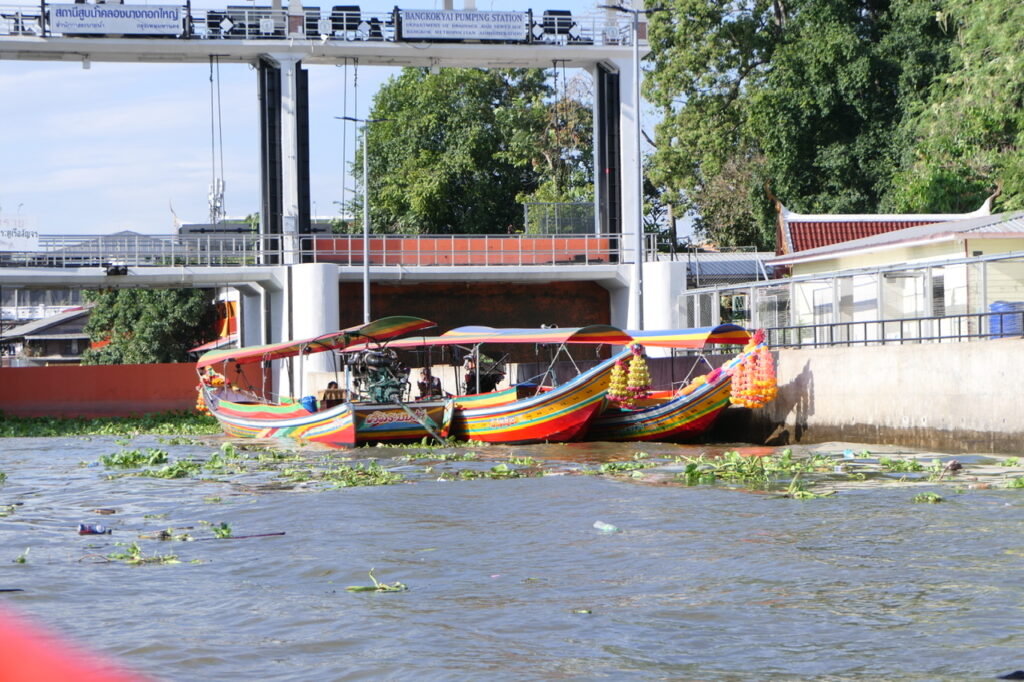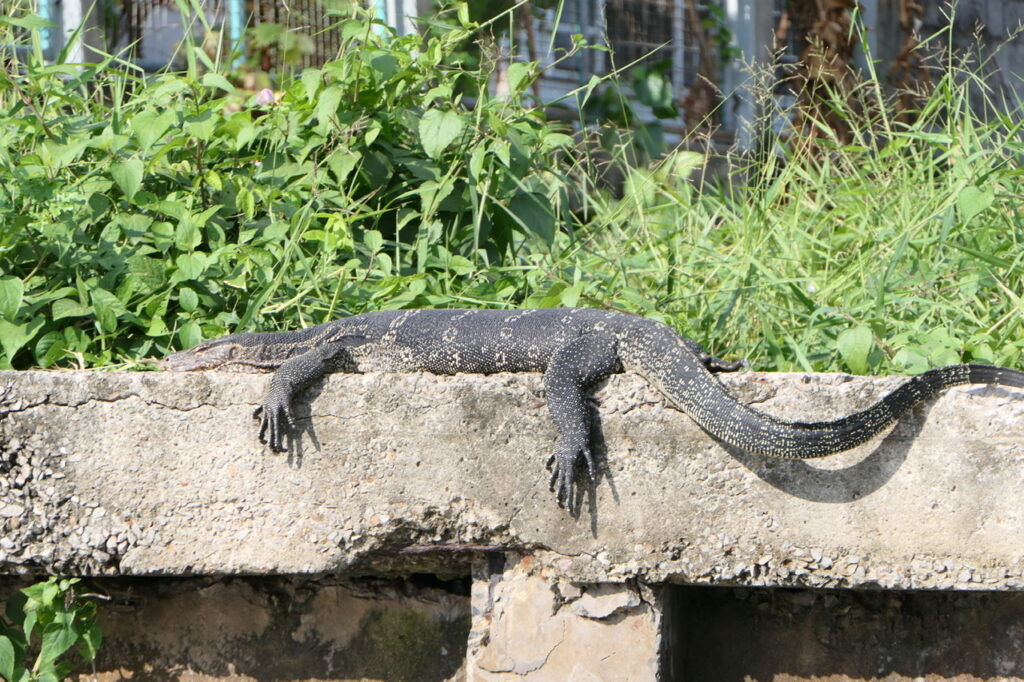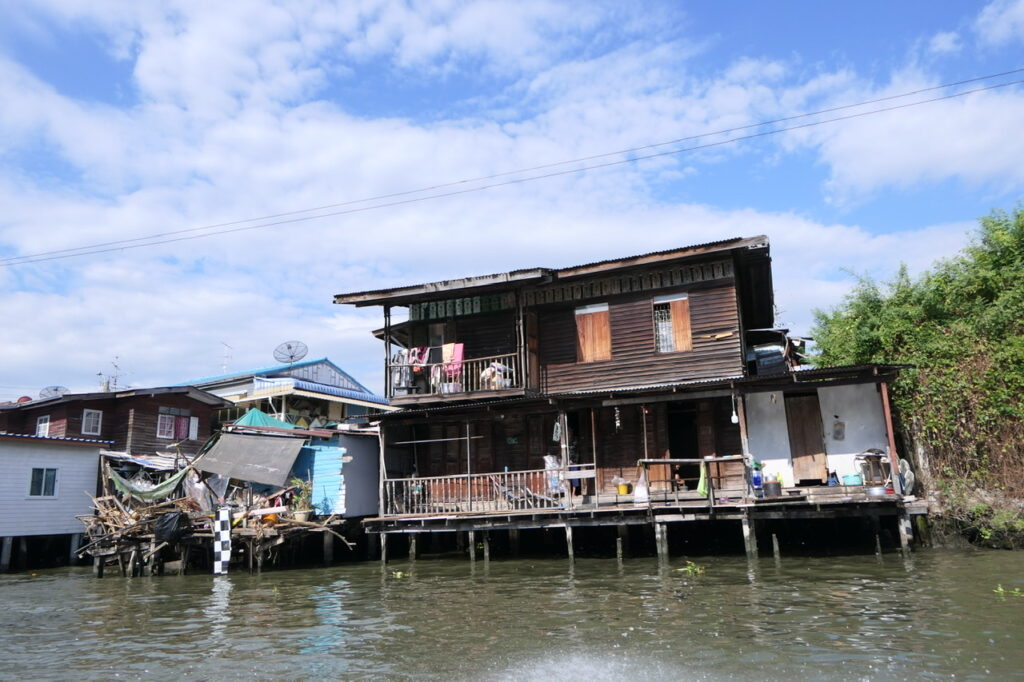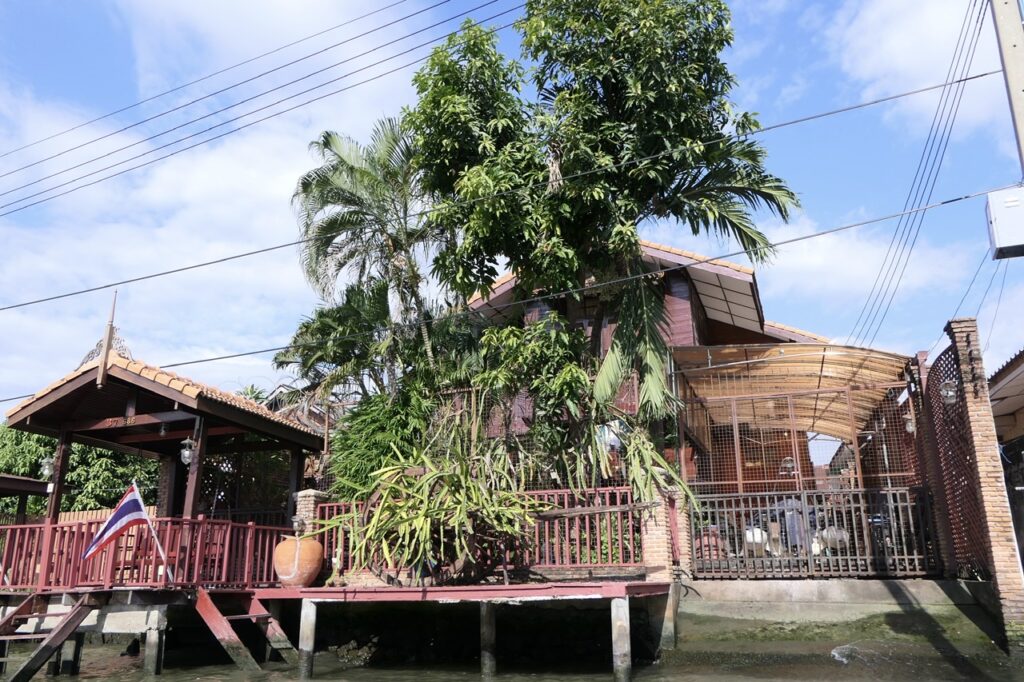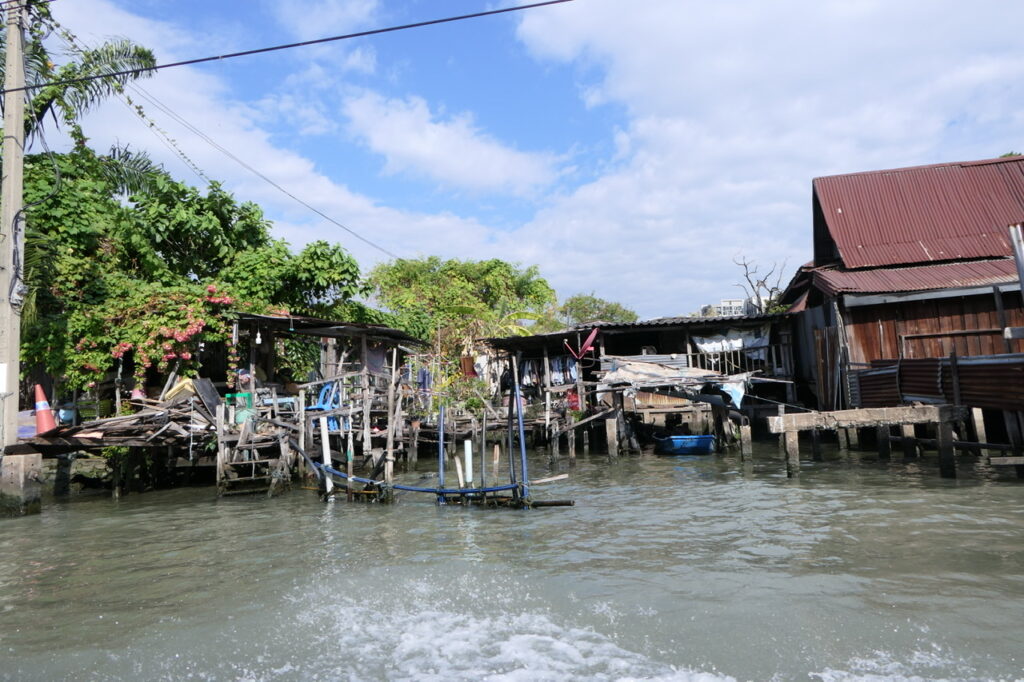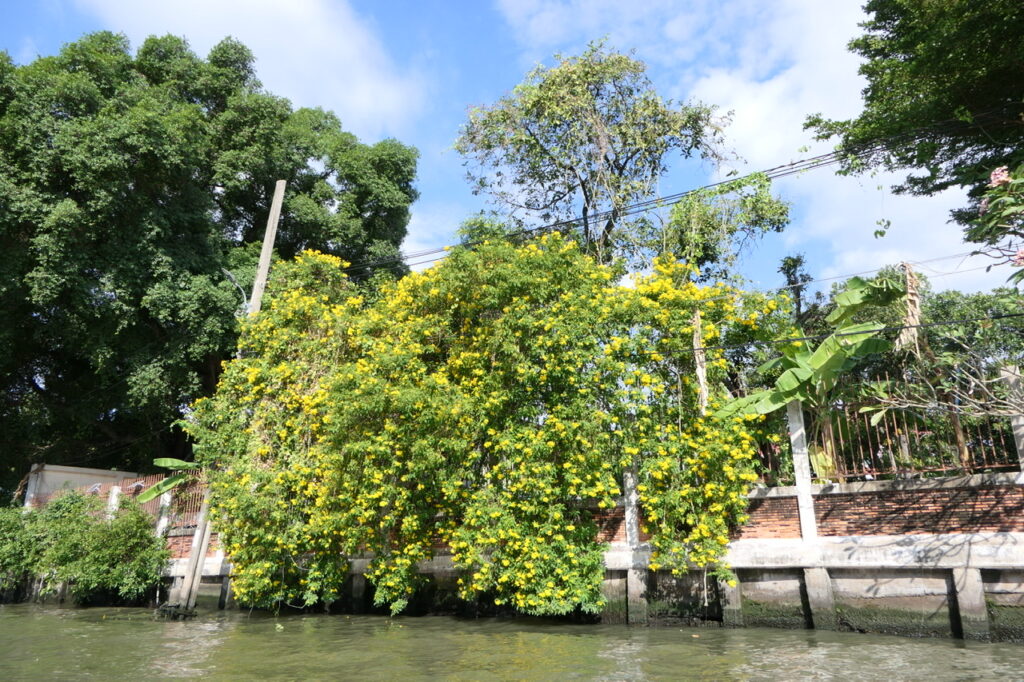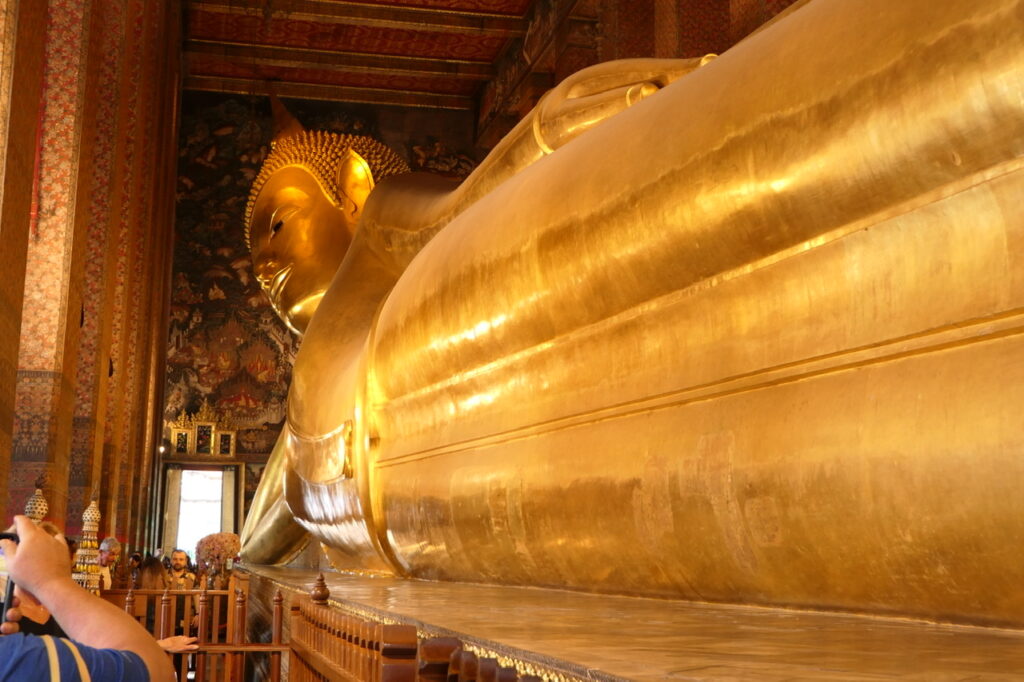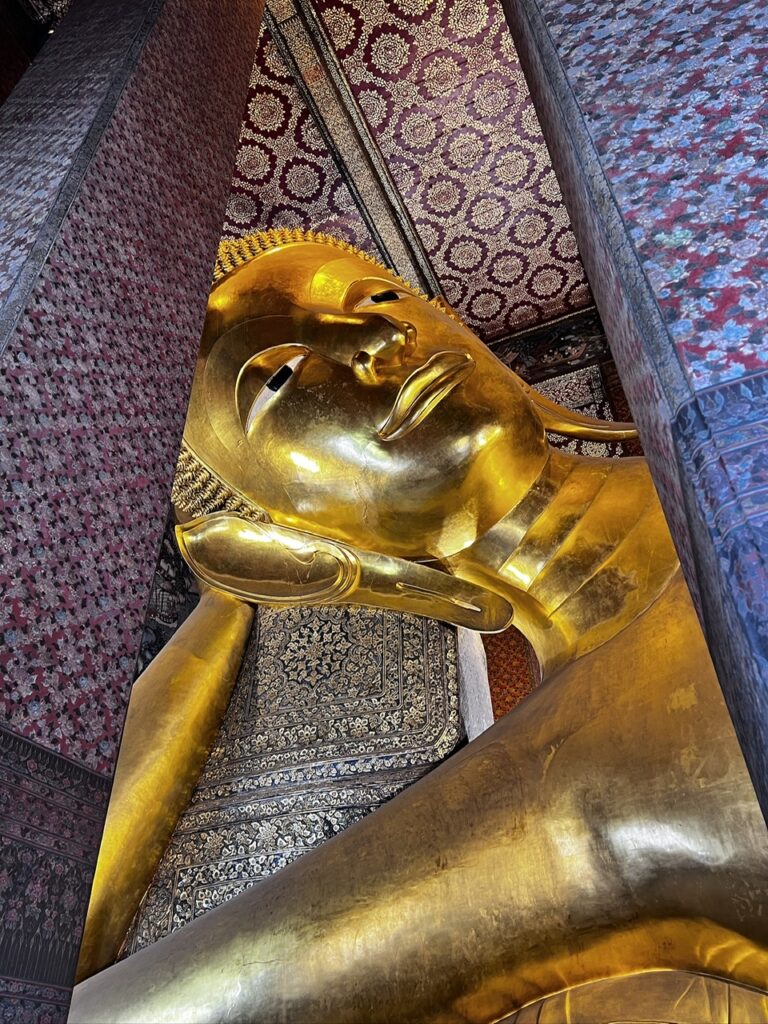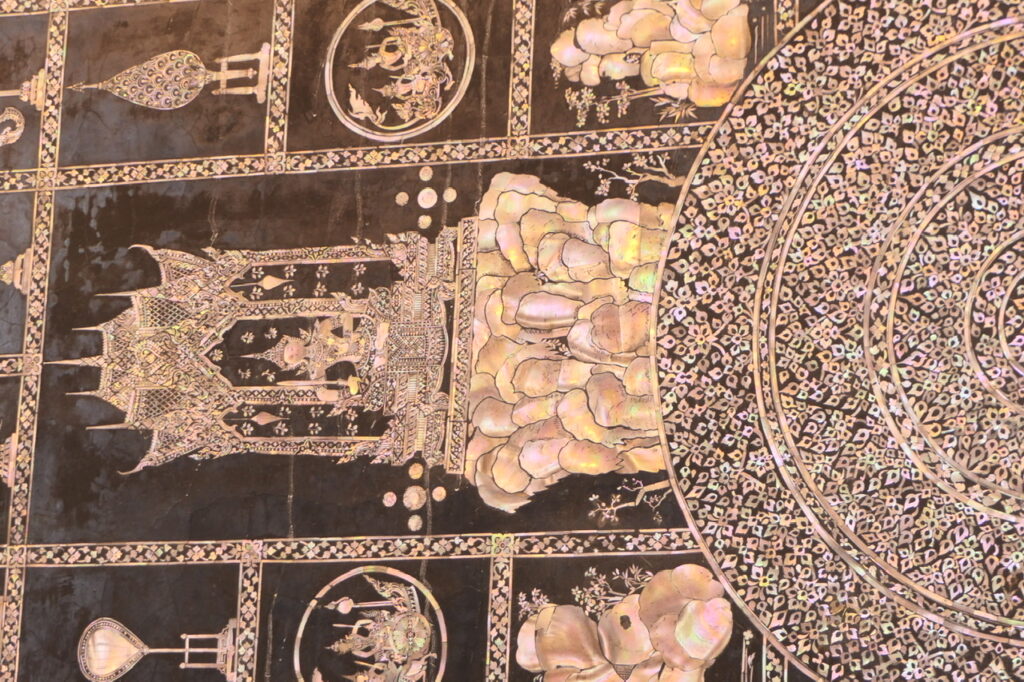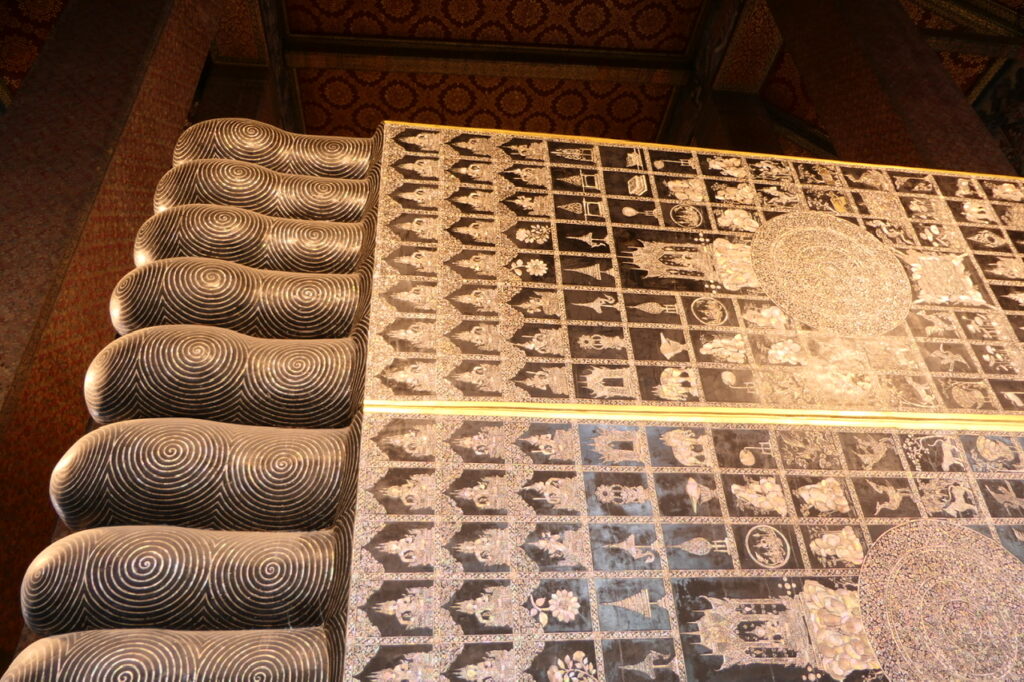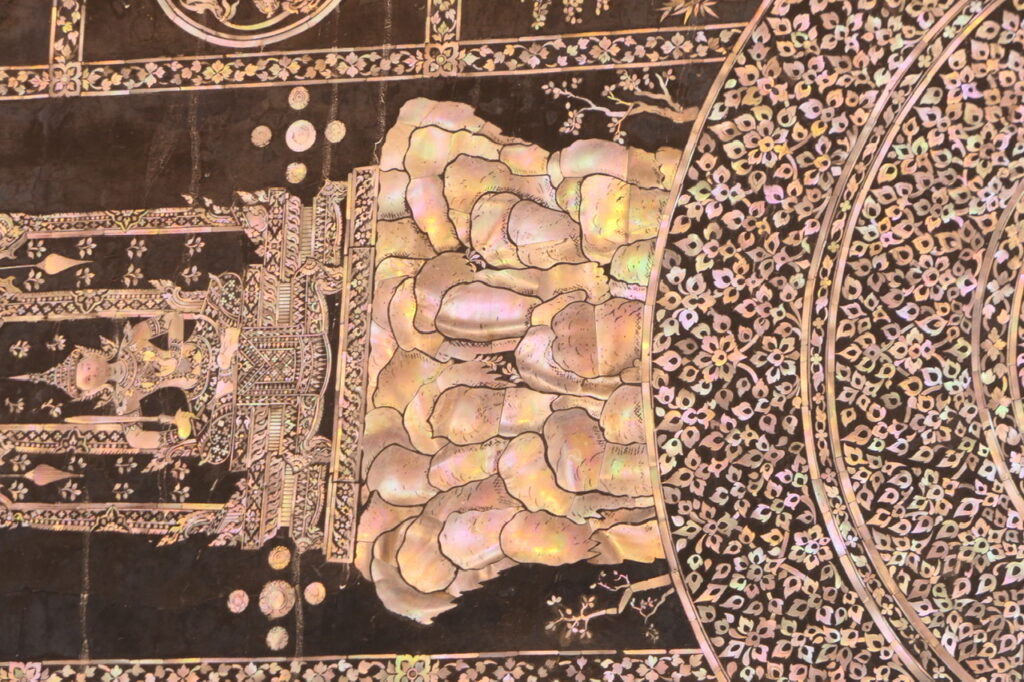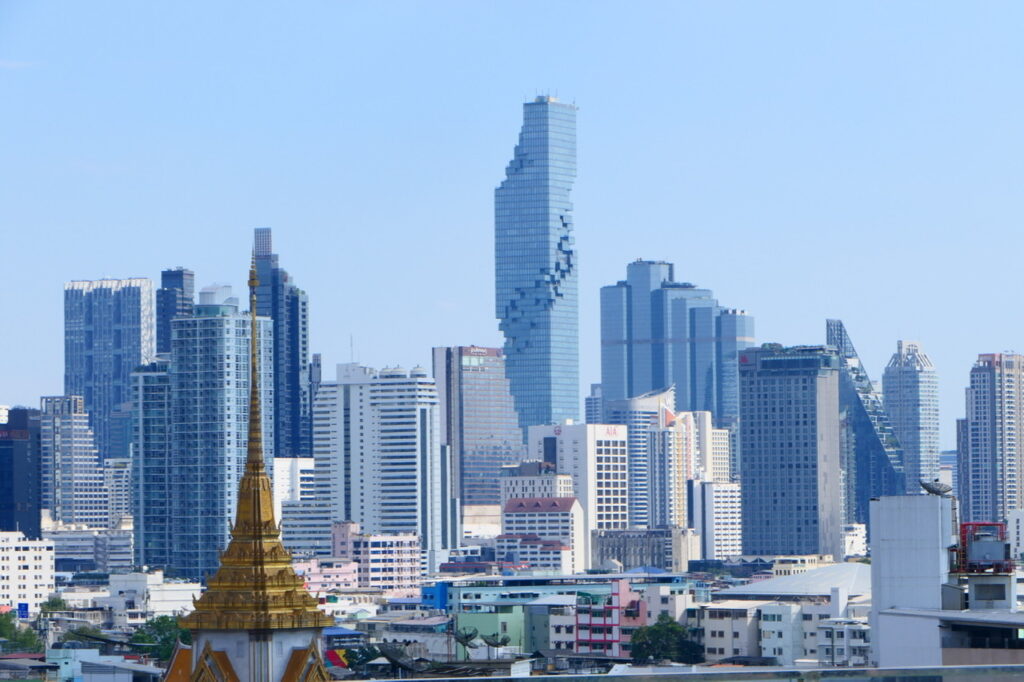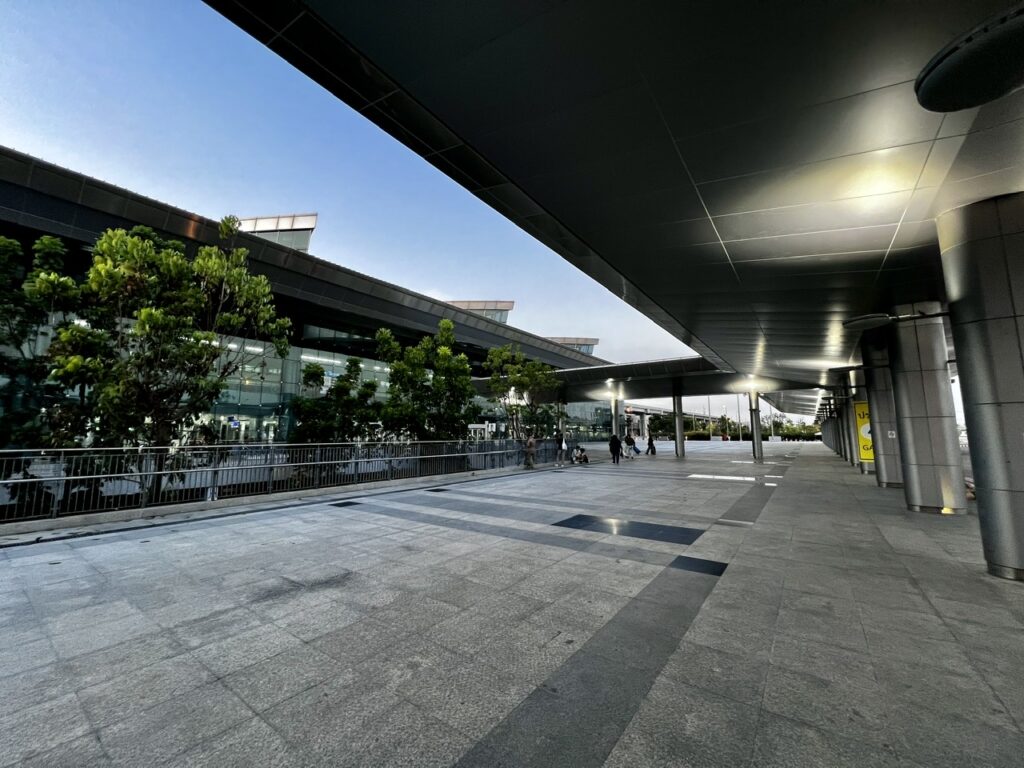We buy a light meal at the station as there will be no meals on the train. I also manage to find some chocolate bars, cream horns and a packet of orio. Nailed it for the 12 hour trip! Embarkation is orderly and very much like boarding a plane. From the outside the train is dour with dirty windows and on a dark platform. A station official looking very much like a guard from a concentration camp ushers us on board. He is appropriately dressed. My first glimpse of our cabin fills my heart with dread. It does indeed look like a gulag train! The guy picking up his toilet roll from the floor doesn’t improve the concept!
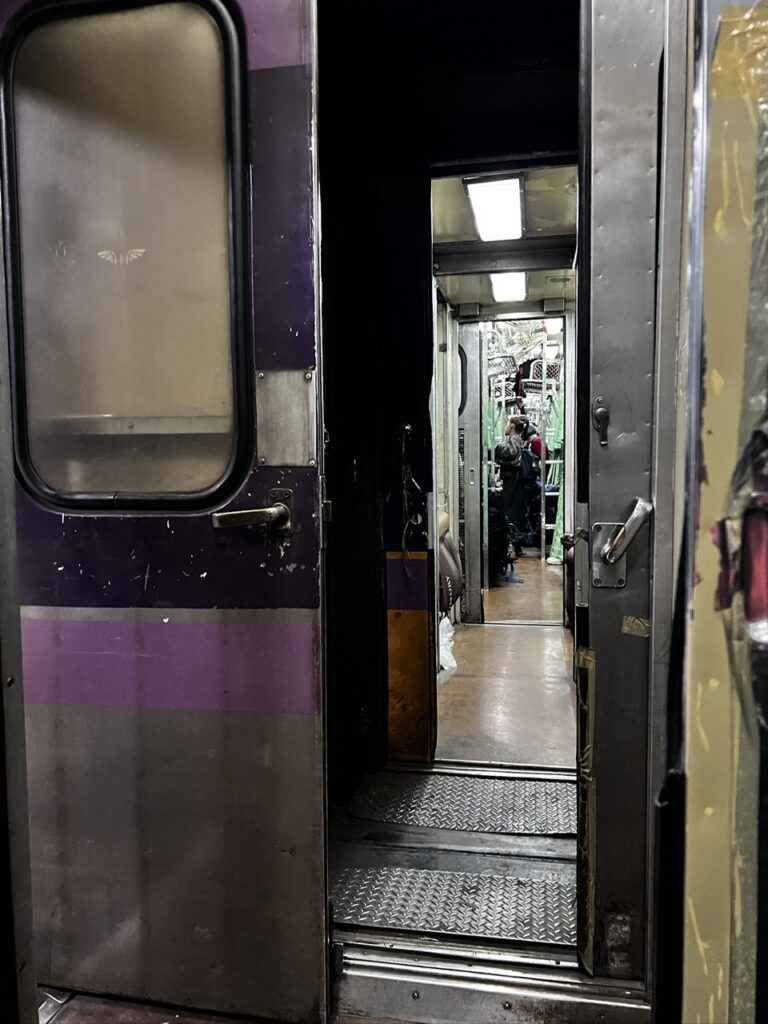
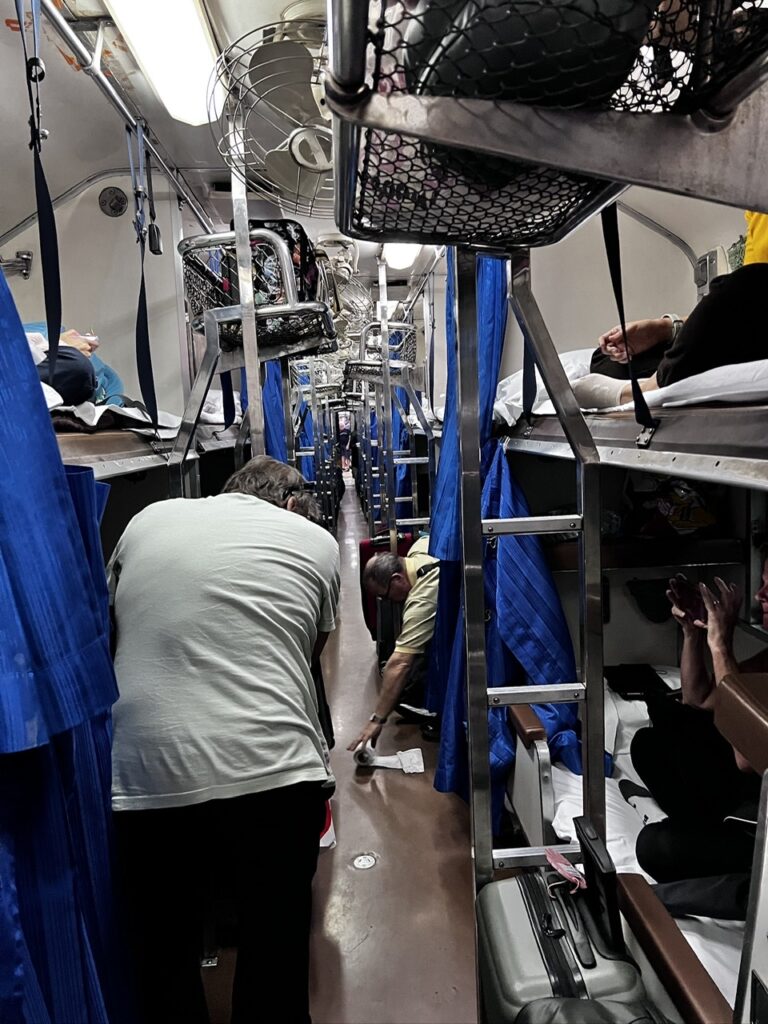
The reality is marginally better than first impressions. We have lower beds which are comfortable singles. There is a clean pillow and quilted blanket and a curtain to give privacy.


However, it is a far cry from being a room with a view!

I would have slept well if it had not been for the unevenness of the track and the frequent stops. The train clatters and clunks and I am frequently awoken. I feel as though I am being violently shaken. It literally feels like someone is shaking the bed to make you get up! We survive the trip and a local bringing us coffee is most welcome. We arrive in Chiang Mai 12.5 hours after our departure.
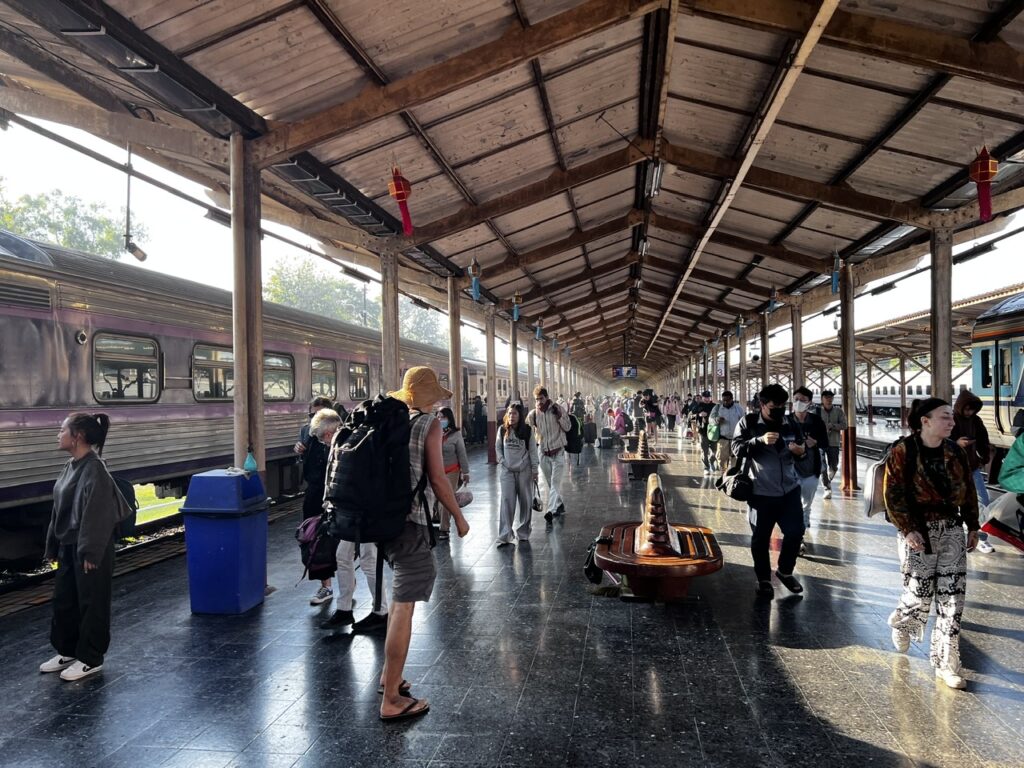


We board very comfortable minibuses and are transported to our hotel “The Duangtawan” in the centre of Chiang Mai which turns out to be a far larger town than I had expected but definitely more tranquil than Bangkok.
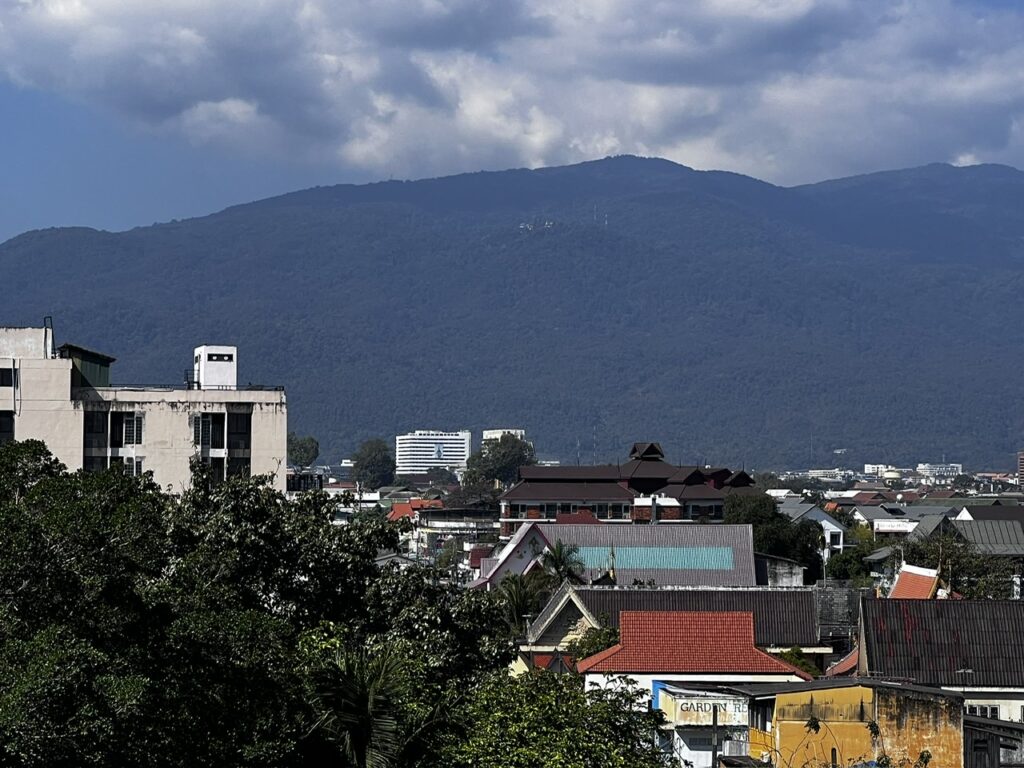
Check in is not until 14.00 so our bags are left with the concierge whilst we head off for breakfast and decide how to spend our free morning. Some of the group have opted to take a cookery lesson but we thought that would be too tiring after our long journey. We go shopping for my birthday present instead and find some lovely silver jewellery. Whilst exploring the backstreets we stumble across the most beautiful temple. It is called Wat Loi Kroh and was constructed during the reign of King Kue Na (1355-1385). Surprisingly there are very few tourists.

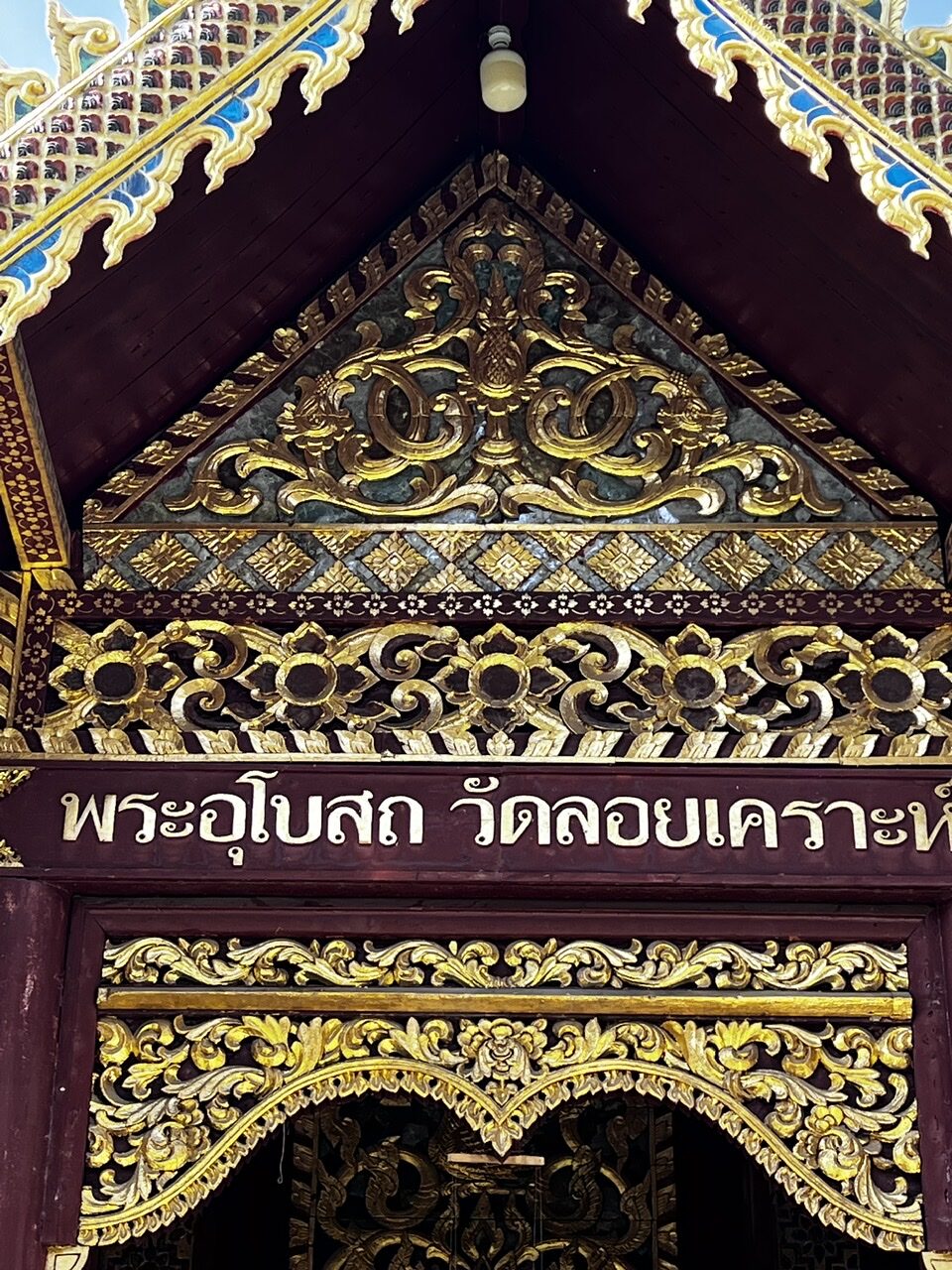

We then go to the hotel spa and have a wonderful massage. An hour for £20! A bargain and so very relaxing!
Once everyone has settled into their rooms, we visit Wat Phra That Doi Suthep (a Theravada Buddhist temple) located 15 kilometres from Chiangmai Mai and situated on top of Doi Suthep mountain at an altitude of 1073 metres. The traffic is horrendous and it takes over an hour to get there. Eventually we make it just as the sun is setting. Fortunately there is a funicular which takes us to the summit. The views are far-reaching but it is very hazy and hard to see Chiang Mai clearly in the distance.

There are some magnificent carved pillars outside the temple.
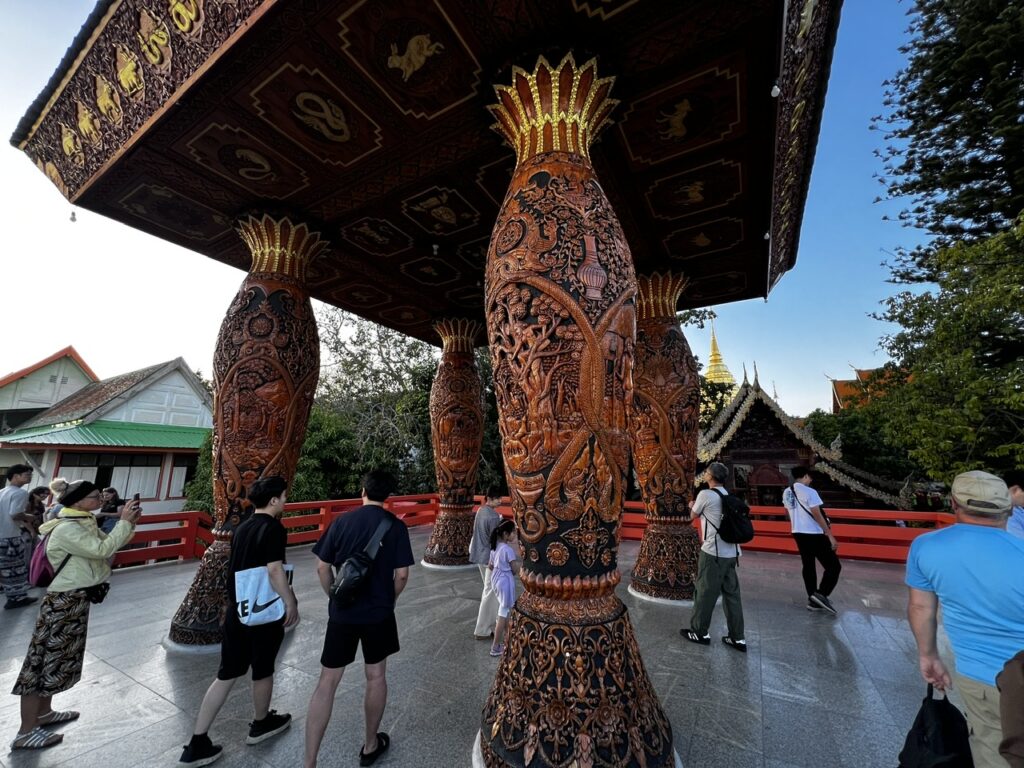
We take our shoes off to enter the temple complex. It is beautiful and the monks are inside and chanting so this makes it very special. Outside the actual temple is a statue of a white elephant.

and we are told the story of its relevance.
According to legend, a monk named Sumanathera from the Sukhothai Kingdom had a dream. In this vision he was told to go to Pang Cha and look for a relic. Sumanathera ventured to Pang Cha and found a bone. Many claim it was Gautama Buddha‘s shoulder bone. The relic displayed magical powers: it glowed, it was able to vanish, it could move and replicate itself. Sumanathera took the relic to King Dhammaraja, who ruled Sukhothai. The eager Dhammaraja made offerings and hosted a ceremony when Sumanathera arrived. However, the relic displayed no abnormal characteristics, and the king, doubtful of the relic’s authenticity, told Sumanathera to keep it.
King Nu Naone of Lan Na heard of the relic and bade the monk to bring it to him. In 1368, with Dharmmaraja’s permission, Sumanathera took the relic to what is now Lamphun, in northern Thailand. Once there, the relic broke into two pieces. The smaller piece was enshrined at Wat Suan Dok. The other piece was placed by the king on the back of a white elephantwhich was released into the jungle. The elephant is said to have climbed up Doi Suthep, at that time called Doi Aoy Chang (Sugar Elephant Mountain), stopped, trumpeted three times, then dropped dead. This was interpreted as an omen. King Nu Naone immediately ordered the construction of a temple at the site.
The name of the Temple (Wat Phra That Doi Suthep) actually explains what the temple has. Phra entails of an honorific Buddha image, and Thatmeans a relic. Combining the two tells that there is a relic of Buddha’s in the sanctity of the Wat, and in this case it’s half of Buddha’s shoulder bone. The location of the shoulder bone relic is to be found in the rounded portion of the Chedi right above the octagonal section and below the ringed section.






For me the highlight of the site is the gold stupe. The top segment is made out of solid 22ct gold. The remainder is sheathed in sheets of pure gold, not just gold leaf. It really is something to behold and not unsurprisingly is guarded very closely at night. It is now dark and we walk down the steps set inside a snake back to the road.
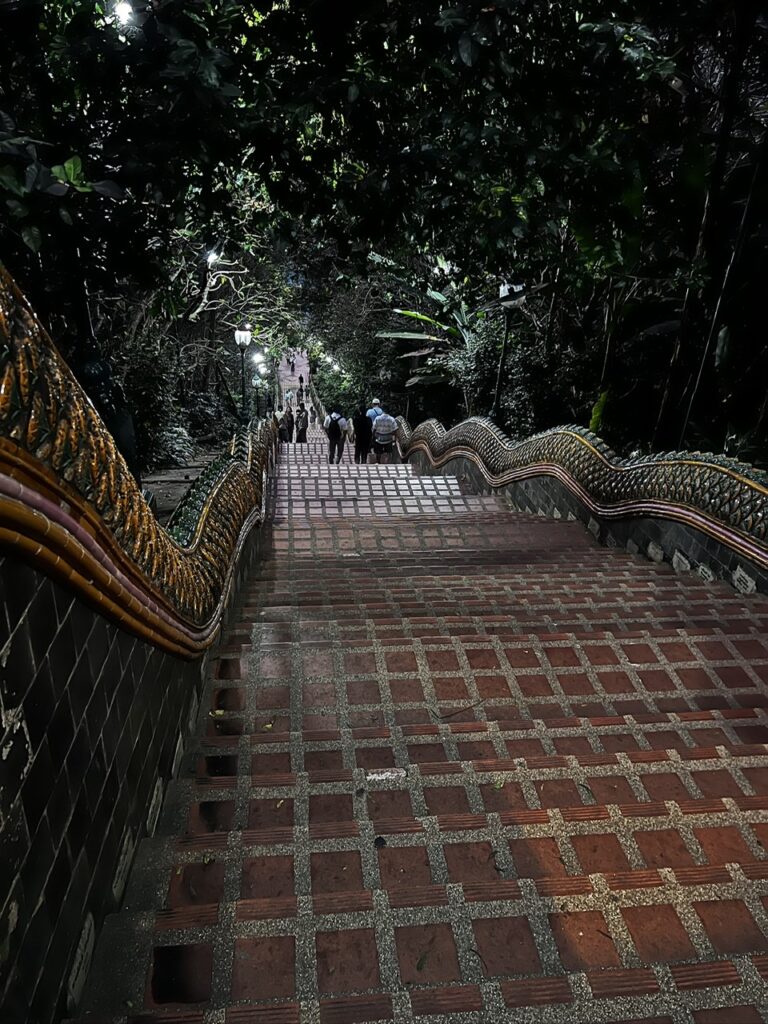
We were going to see a drag show after dinner but by the time we arrive back in town it is already close to 20.00, so we just have dinner and retire to bed. The restaurant we eat at was recommended by Puna and we had an excellent meal in a pretty courtyard garden.
Another early morning start sees us meeting a driver to take us to an artisan village on the outskirts of Chiang Mai. We travel in one of the local taxi type vehicles. Basically two bench seats in the back of a van. Our first stop is at the silk village where we are shown how silk is made. Silk worms eating mulberry leaves and making their cocoons. The cocoons are dried, placed in hot water and then gently unravelled. Their is over 300m of silk in a single cocoon. The silk is then dyed and woven into cloth on large manual looms.





Next door a shop sells a large selection of silk attire and I buy a lovely silk pashmina. The prices are very reasonable.
We also visit the jade village and the silver village. However, we are early, and the only tourists, so every sales person hones in on us and gives us a bit of a hard sell. This has the opposite effect and ensures that I do not buy anything. In any event the silver we bought yesterday was nicer and better priced. There is no doubt that the prices in this village have been upped for the tourists. We head back to the hotel and have time for a coffee before leaving at 11.00. As we drink our coffee a parade passes by with a band, floats and Chinese dragons. A very pleasant end to our stay in Chiang Mai.
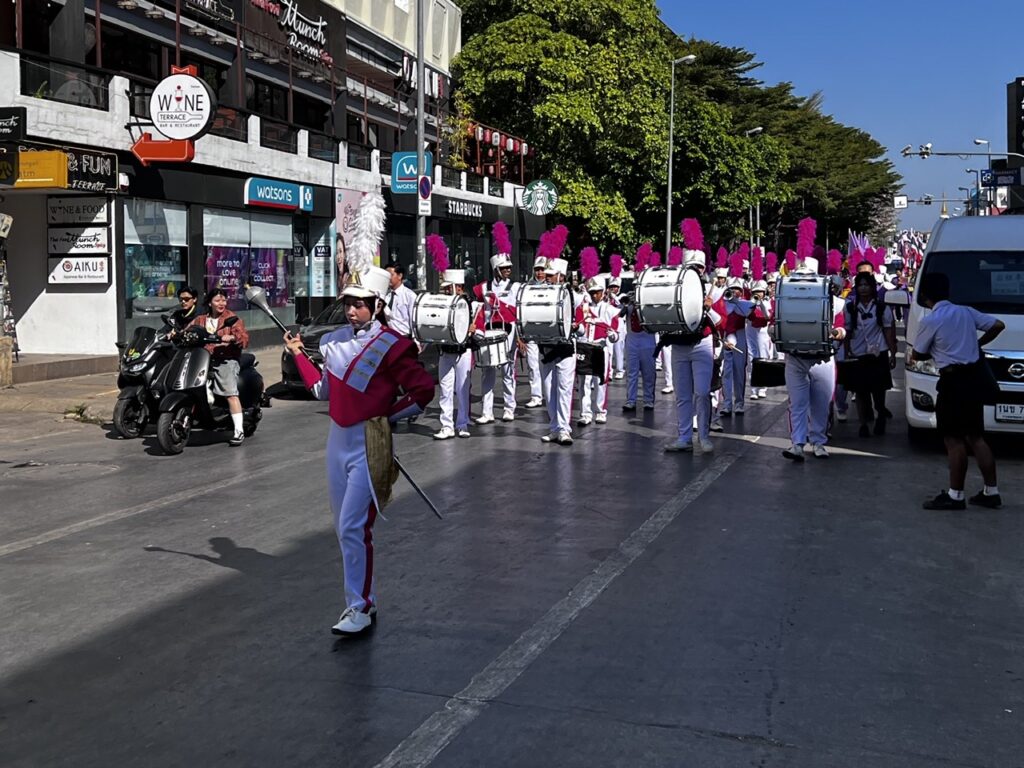
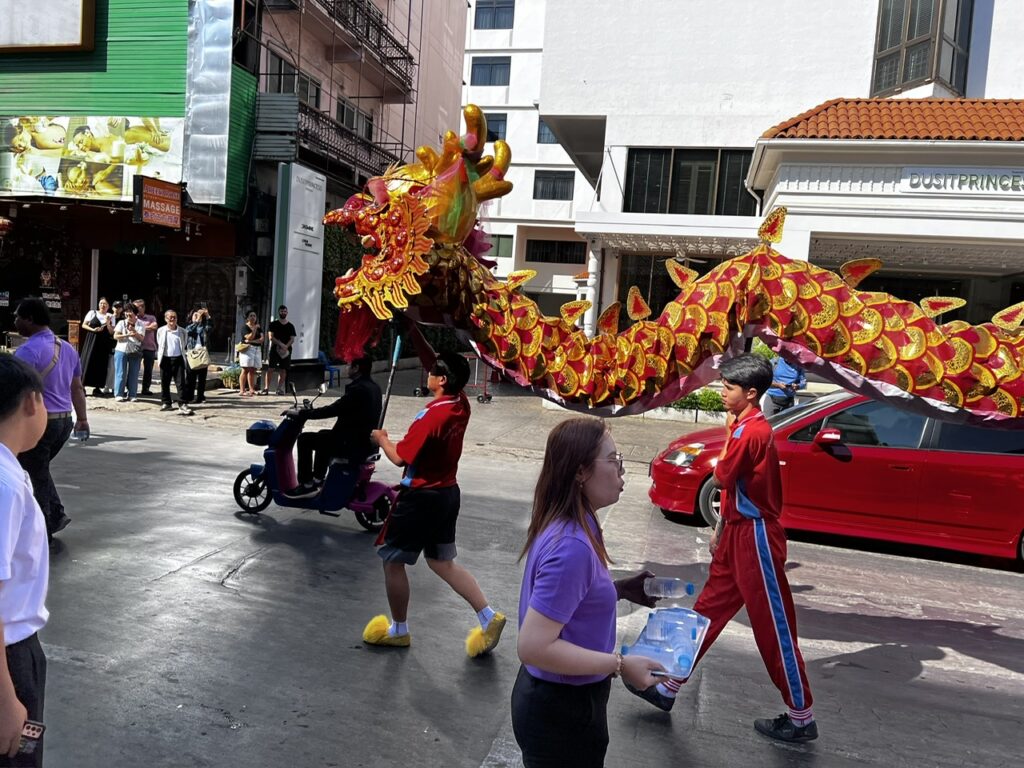
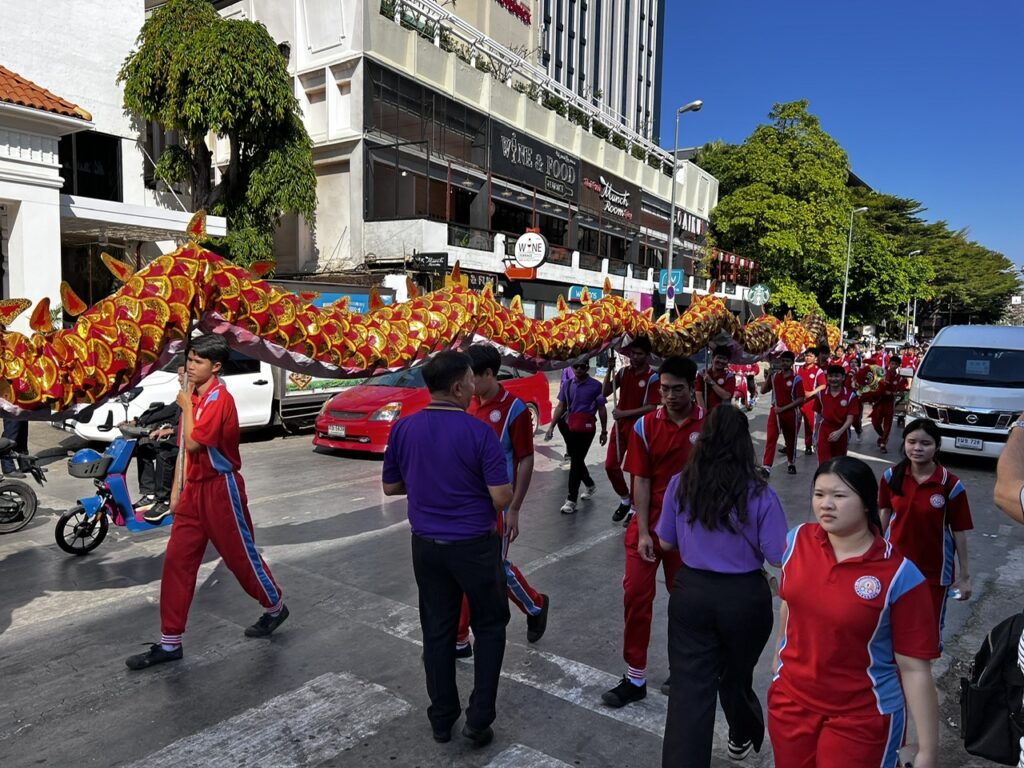
A 3.5 hour drive takes us to Wat Rong Kuhn also known as the white temple. The original Wat Rong Khun was in a bad state of repair. Funds were not available for renovation so Chalermchai Kositpipat, a local artist from Chiang Rai, decided to completely rebuild the temple and fund the project with his own money. We are particularly lucky today because the artist is standing outside the restaurant and is happy to pose for photos. He is quite a celebrity and local hero.
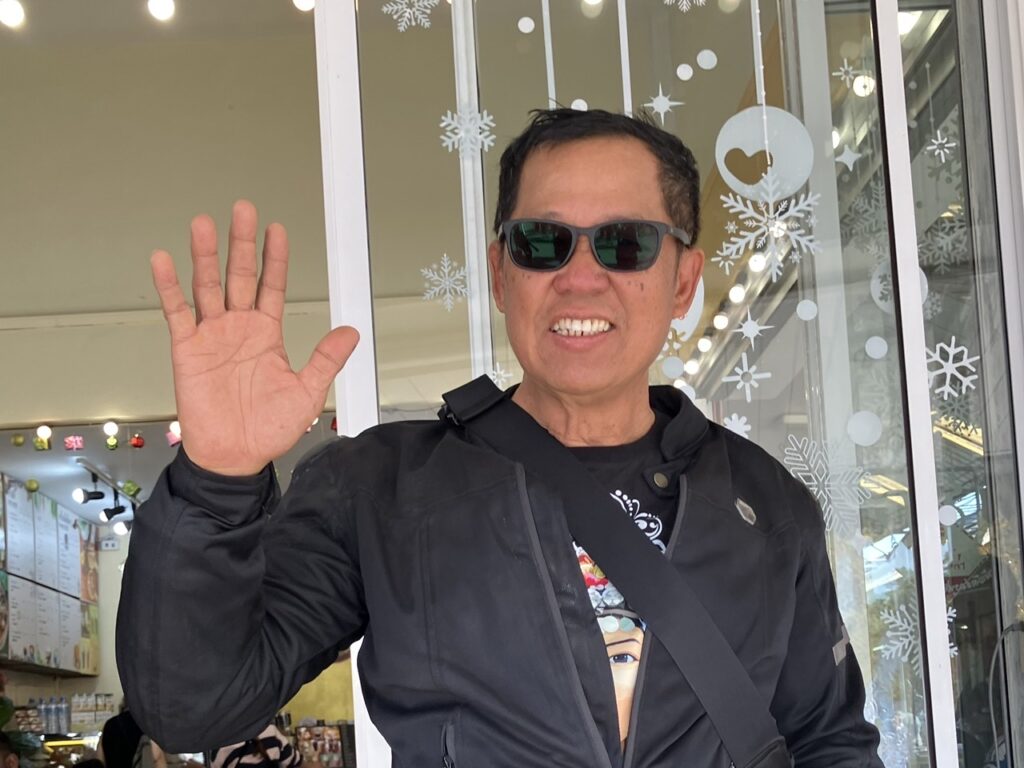
The temple is very quirky but tells the story of Buddhism and the journey to nirvana. Here is the story:-
Bridge of “the cycle of rebirth”
The main building at the white temple, the ubosot, is reached by crossing a bridge over a small lake. In front of the bridge are hundreds of outreaching hands that symbolize unrestrained desire. The bridge proclaims that the way to happiness is by foregoing temptation, greed, and desire.
Gate of heaven
After crossing the bridge, the visitor arrives at the “gate of heaven”, guarded by two creatures representing Death and Rahu, who decides the fate of the dead. In front of the ubosot are several meditative Buddha images.
Golden building
A structure that stands out because of its color is the rest rooms building. Another very ornately decorated structure, this golden building represents the body, whereas the white ubosot represents the mind. The gold symbolizes how people focus on worldly desires and money. The white building represents the idea to make merit and to focus on the mind, instead of material things and possession.
Ubosot
The principal building, the ubosot, is an all-white building with fragments of mirrored glass embedded in its exterior. It embodies design elements from classic Thai architecture, such as the three-tiered roof and abundant use of Nāgaserpents. Inside the temple, the decor swiftly moves from pristine white to fiery and bewildering. Murals depict swirling orange flames and demon faces, interspersed with Western idols such as Michael Jackson, Neo from The Matrix, Freddy Krueger, and a T-800 series Terminator. Images of nuclear warfare, terrorist attacks such as the World Trade Center attack, and oil pumps hammer home the destructive impact that humans have had on earth.
Wikipedia
This is a fascinating place and it portrays a very strong message in a truly remarkable manner. I could have spent hours here photographing but time was limited sadly.



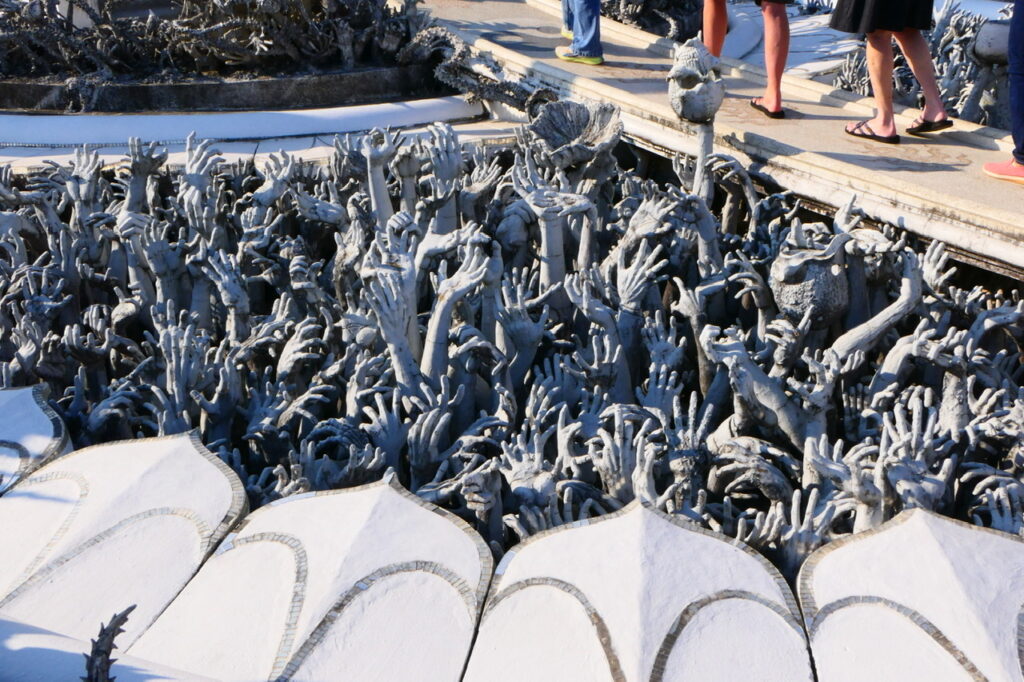
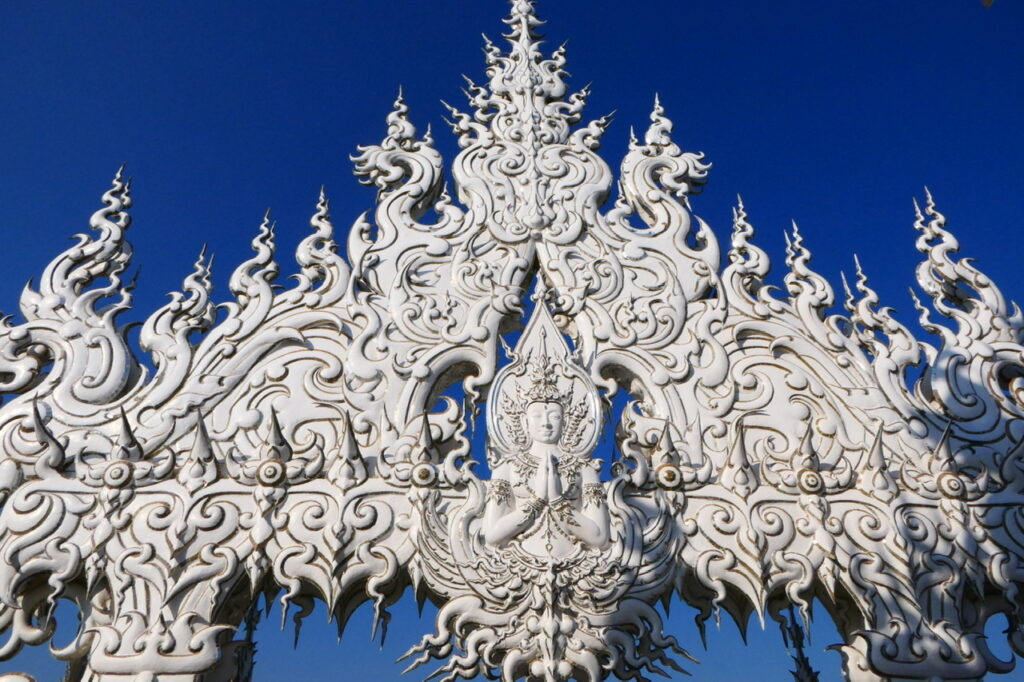
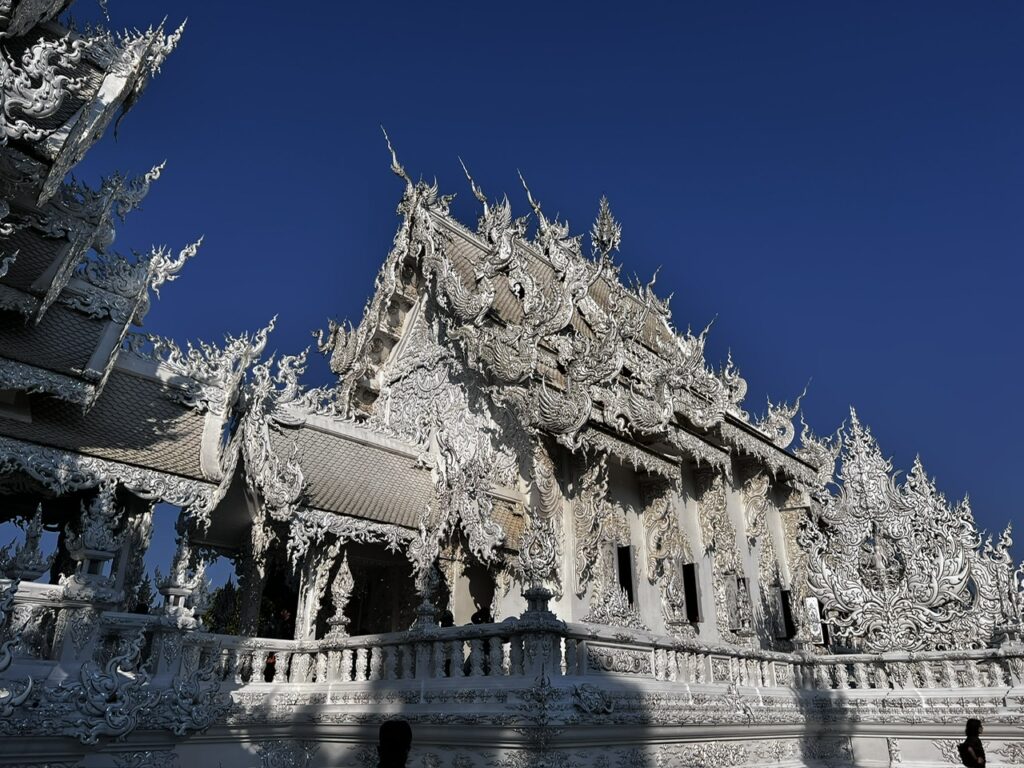


A short hour drive takes us to a small guest house in Chiang Khong, close to the Laos border. We stop to watch the sunset over the paddy fields…

Our accommodation for the evening is nothing fancy, but clean and functional and the room is large. The group head out for dinner with our guide Puna to a little family restaurant looking out over the Mekong. The food is simple but good.
We depart at 07.00 and are taken to a riverside hotel for breakfast. The view is spectacular with the sun rising over the Mekong and mist rising over the distant hills. What a beautiful view to greet me on my birthday!
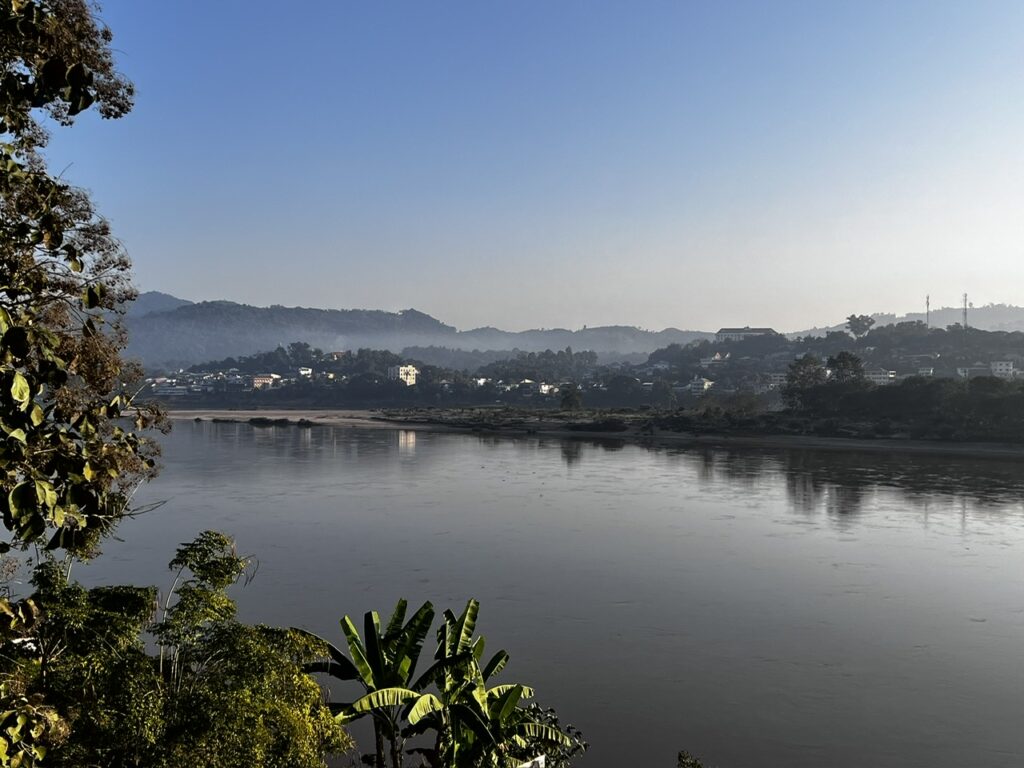
Exiting Thailand is pretty quick and easy. To cross into Laos, we must board a bus (something akin to a large prison bus with a door which shuts us off from the driver). We drive across no man’s land to the Laos border. There we fill out entry forms and clear immigration. This is a fairly straightforward procedure if you have obtained e-visas in advance, but we have a longish wait once we have been processed. Two of our party do not have visas, so we have to wait for them. Eventually we are all cleared and can continue our adventure.

